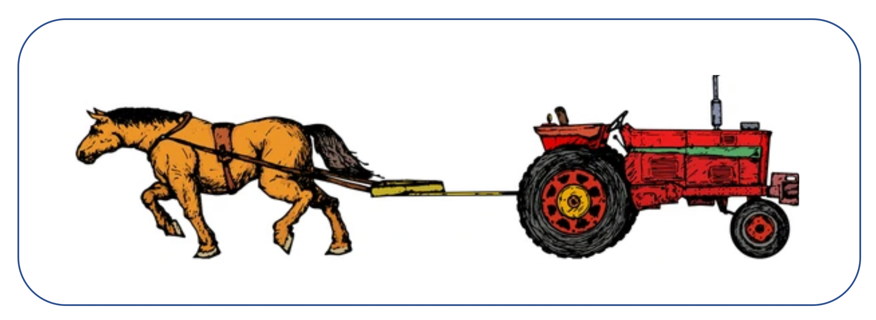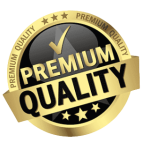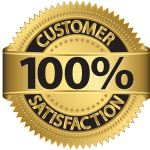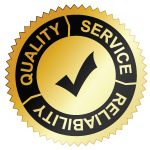Chapters:
Chapter 3 Topics
3-U: Does Horsepower Matter?
(sort of, but not as much as you might think)

Horsepower specs don’t tell the whole story.
A bigger pump doesn’t necessarily mean stronger jets, and pump horsepower divided by the number of jets is NOT an accurate formula to determine the strength of jets. What really matters is the GPM (gallons per minute) and PSI (pounds per square inch) of each jet.
Someone in the business explained to me that the ideal pressure for a high-quality jet is between 10-12 pounds. Anything below 8 will start to feel weak, and anything over 14 will needlessly strain the plumbing and jets, increasing the chances of leaks.
Besides, it’s pointless to have over 12 pounds of pressure if a jet can only put through so many gallons per minute no matter how much pressure is behind it, in the same way you can’t rush an hourglass by pushing on the sand.
In a poorly engineered product, jets on the far side of the tub might be weaker than the ones closest to the pumps. That’s because a jet with ten feet of travel though a bending/winding hose will be weaker than a jet fed by a straight 2-foot-long pipe. High-end spa manufacturers have done the math to figure out how to provide appropriate and equally-distributed pressure to each jet.
Some brands deliver more pressure per jet per horsepower than others because their plumbing arterial systems are more efficient. A well-laid-out system has short-as-possible runs, uses high-flow pipes and hoses, and eliminates “spaghetti lines”, T-joints and sharp angles. That’s why some higher end hot tubs can get away with a smaller pump while other manufacturers have to compensate for poor plumbing by putting in a big motor.
See 4-D: Engineering & Workmanship for more on this subject






